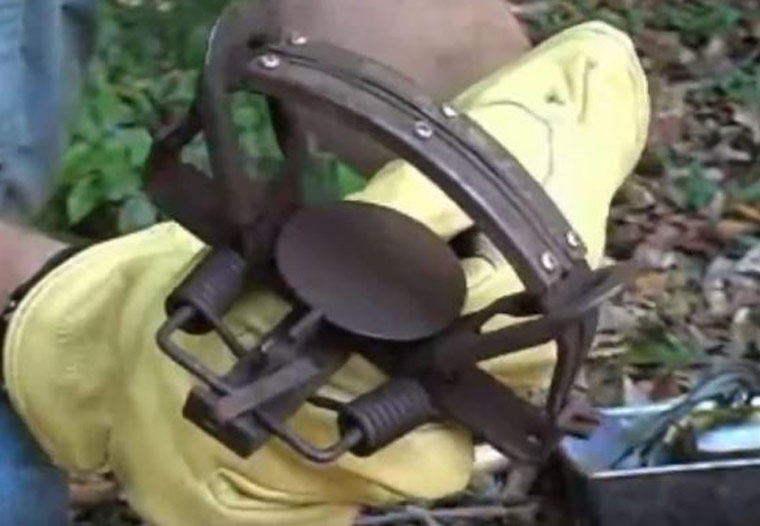-
info@aaanimalcontrol.com
Call us for help in your town
Humane Wildlife Education
Things to know about foothold traps
Need wildlife removal in your hometown? We service over 500 USA locations! Click here to hire us in your town and check prices - updated for year 2020.
A foothold trap, also known as a live hold foot trap, is a trap that does just as the name would suggest - it holds an animal, usually by the foot. The trap is designed to capture, although not kill, a wild animal, and has been used for hundreds of years to capture anything from coyotes to muskrats.

The old-fashioned, historical version of foothold traps were considered to be rather inhumane - the kind of thing you would see in horror movies. These days, however, technology has allowed the manufacturer of traps that don’t cause as much damage and destruction as their older cousins. The two metal jaws that you are probably quite used to seeing have been replaced with padded and rounded jaws instead, and those sharp and serrated teeth have also been replaced. Shock absorbing springs, swivels that are much more advanced, and padding have been added to these traps to make them more humane. They are designed to immobilize after all, not kill.
Studies performed on these newer, more modern designs of traps have shown that they are less likely to inflict injury than the older style, and in turn, are less likely to cause accidental death. Some of them have been been modified to ensure that no other creature than the one specifically targeted is caught in the foothold trap.
There are plenty of different styles of foothold trap to choose from these days, and you should buy the one that is specifically built for your animal - the one you are trying to trap.
Enclosed Foothold Traps
These are tubular and long, designed for the animal to reach in and grab something before the spring closes the rube around the limb of the animal. These are great for animals like opossums and raccoons, and because of the way in which they have been designed, it is very rare (virtually impossible) for an animal to become capture if they are not the one being targeted.
Where would the enclosed foothold trap come in handy? If you have other animals regularly running around, that’s when. It’s also great if you have a household with kids, although we would still recommend keeping them well away from each other.
Coil Spring Foothold Traps
This is one of the most commonly bought and used form of foothold trap these days. A very small trap, they are easy to hide along the path of your wild animal invader, and they’re speedy and strong too. That’s just what you’ll need when fighting back against pest control issues. they can be purchased in multiple sizes, ranging from the smaller animals - muskrats and minks, to the larger ones - coyotes and foxes, etc.
These modern coil spring foothold traps are often protected to ensure the animal cannot injure itself whilst trying to escape, making them much more humane. There is still a risk that the trap could malfunction, however, or not capture the animal as it should do. That’s the risk you taking when using any kind of trap, even live cage traps.
Longspring Foothold Traps
These ones are much larger than the coil spring foothold traps, and are therefore better for the larger animals - beavers, for example. You can buy single and double long spring traps, depending on the kind of animal you’re dealing with, and they are generally designed to avoid inflicting injury, like the modern coil spring traps.
Jump Foothold Traps / Underspring Foothold Traps
These are no longer available in most places, and this is because they are well known to be the most inhumane kind of foothold trap. The technology has come a long way since these older ones were invented, and it is no longer necessary to inflict quite this much damage on an animal, particularly if you would rather the animal didn’t die. These traps are no longer made.
For more information, you may want to click on one of these guides that I wrote:
How To Guide: Who should I hire? - What questions to ask, to look for, who NOT to hire.
How To Guide: do it yourself! - Advice on saving money by doing wildlife removal yourself.
Guide: How much does wildlife removal cost? - Analysis of wildlife control prices.
animals in the attic
noises in the attic


















